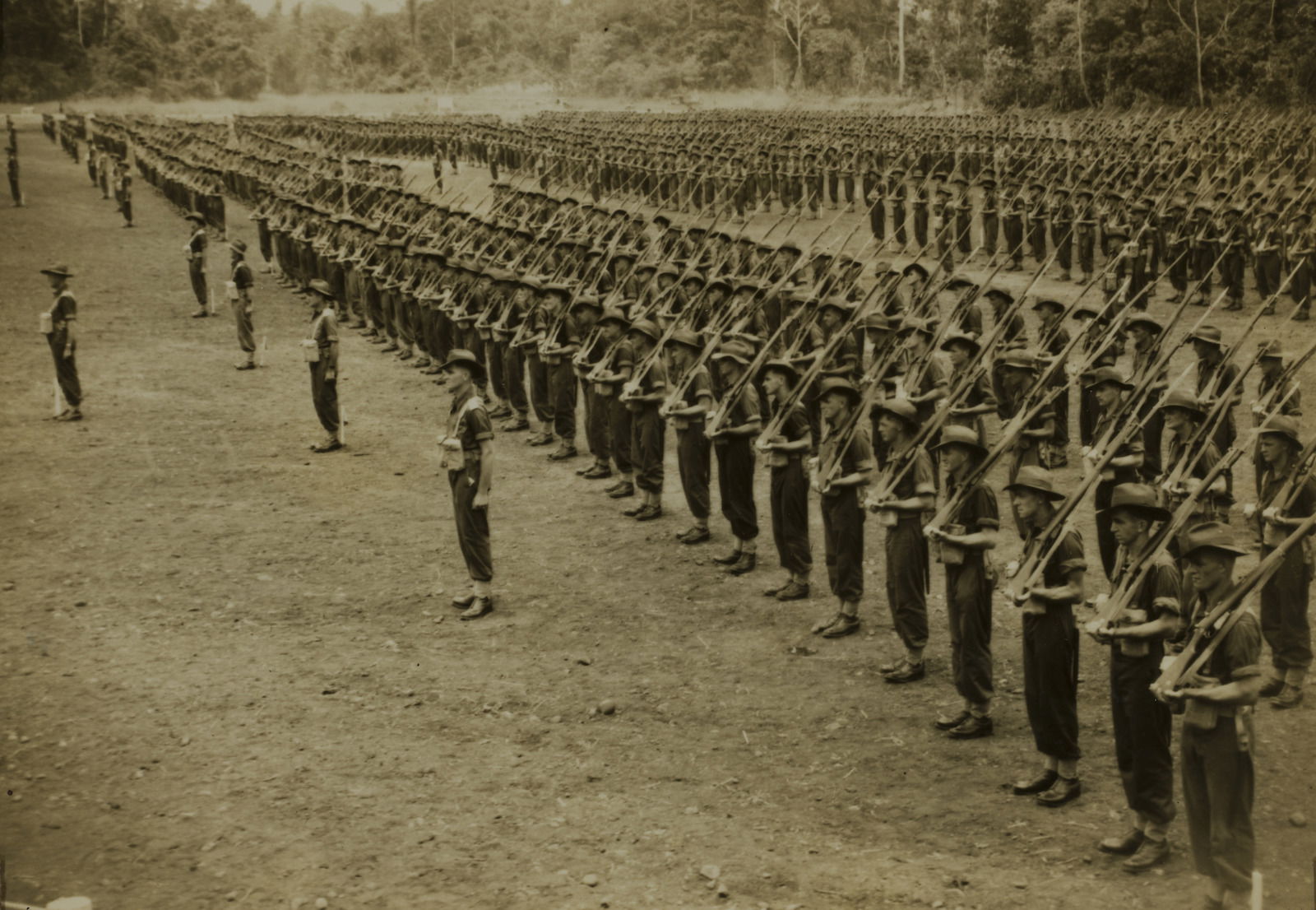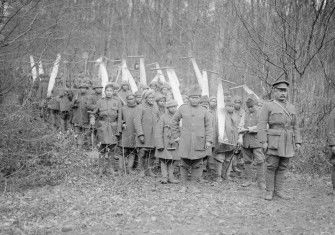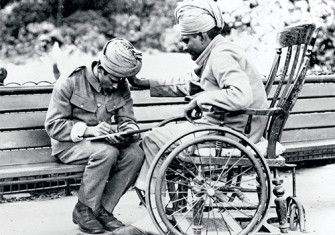‘Fighting the People’s War’ by Jonathan Fennell review
A new book seeks to change the way we look at the Second World War by challenging three enduring myths about Britain’s involvement.

Jonathan Fennell has produced a compelling and magisterial history of the British and Commonwealth armies between 1939 and 1945. His explanation of their development and operations achieves exactly the right balance between narrative and analysis. While many fine historians have trodden this ground before, Fennell’s originality lies in the breadth of his vision, which extends to the armies of every member of the British Commonwealth and Empire and every battlefield they fought over. Such scope allows him to draw comparisons and contrasts across theatres and nations in an unprecedented way. Any serious student of the topic will need to read this book. Fighting the People’s War is much more than just a military history, however. It seeks to change the way we look at the Second World War by challenging three enduring myths about Britain’s war. The first is the idea that, as in the David Low cartoon of 1940, Britain fought on ‘alone’ after the fall of France. Fennell reminds us Britain was far from alone. Four in every ten ‘British’ soldiers killed, wounded or captured during the war came from the Commonwealth and India.
The second myth concerns the military disasters experienced by Britain’s troops during the first half of the war, such as Dunkirk, Singapore and Tobruk. The standard version, put forward during the war by men such as Beaverbrook and later by Churchill in his influential memoirs, explained these as the consequence of the neglect, or even negligence, shown towards the armed forces during the 1930s by Neville Chamberlain and other so-called ‘Guilty Men’. The army was, according to this narrative, starved of the equipment, training and doctrine needed to fight a modern war. According to Fennell, the impact of these endogenous military factors has been exaggerated. He argues that the roots of what he calls ‘the great imperial morale crisis’ of 1940-42 lay instead in the state’s failure to find ways of motivating its men to fight. The army was slow to recognise that the citizen soldiers who now filled its ranks could not be managed in the same way as the professionals it was used to. More seriously, the state failed to articulate clear war aims. In particular, the ruling classes did nothing to offer soldiers a fairer society to return to once the war was over. Fennell argues, therefore, that the army’s poor performance in the early years of the war was the legacy of generations of social inequality and unfairness.
This feeds into the third popular myth Fennell challenges. We tend to see the ranks of the British armies, in stark but reassuring contrast to both their enemies and Soviet allies, as non-ideological and interested only in ‘beer, football and crumpet’. Fennell uses censorship summaries of soldiers’ letters to demonstrate that this idea is mistaken. Soldiers were in fact extremely interested in events back home, keen to remain connected and informed, and they proved extremely influential in domestic politics, including, most famously, in the Labour landslide of 1945. The army which would not fight for Empire and a return to the status quo, fought hard for a welfare state.
Given the scale and complexity of the Second World War, it is a daunting task to write a history which weaves together the home and fighting fronts as Fennell does here. But that way lies the future of Second World War studies. Fighting the People’s War establishes Fennell among the leaders of the next generation of Second World War scholars.
Fighting the People’s War: The British and Commonwealth Armies and the Second World War
Jonathan Fennell
Cambridge
932pp £25
Jonathan Boff is the author of Haig’s Enemy: Crown Prince Rupprecht and Germany’s War on the Western Front, 1914-18 (Oxford, 2018).






